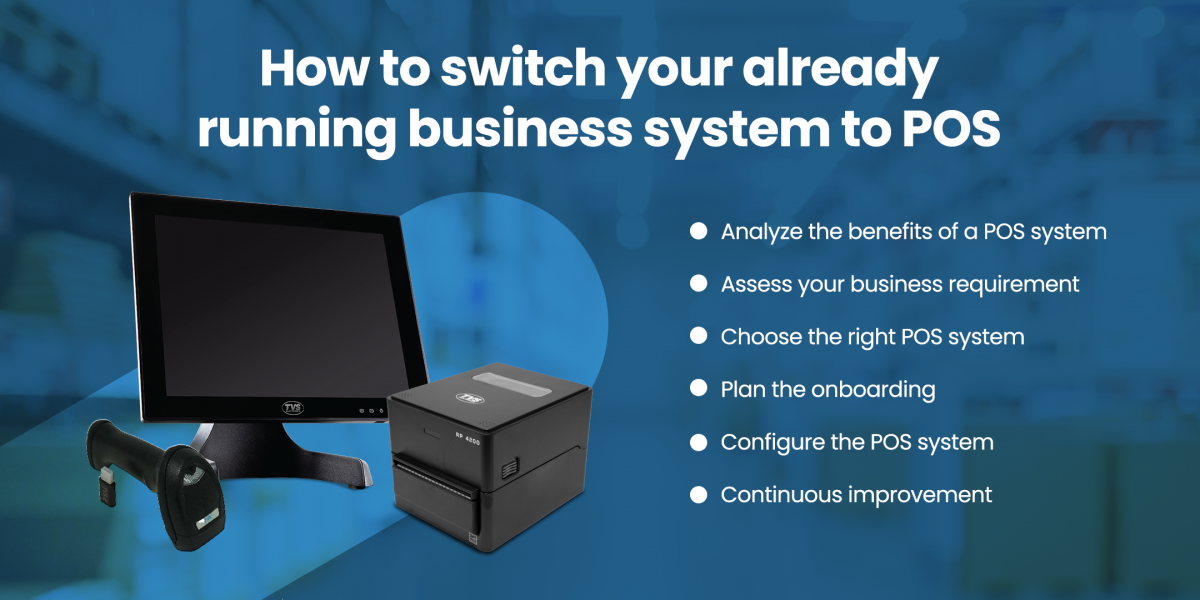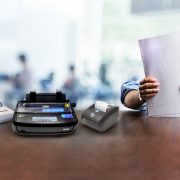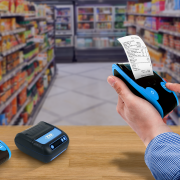In today’s retail and services industries, any business can stay ahead of the competition by adopting technological advancements. Businesses need to use technology for various tasks like streamlining transactions, managing inventory, and maintaining customer relations. In such cases, a POS system can be beneficial to improve the efficiency and growth of the business. The following guide will provide a roadmap for smoothly and effectively transitioning your existing business system to a POS system.
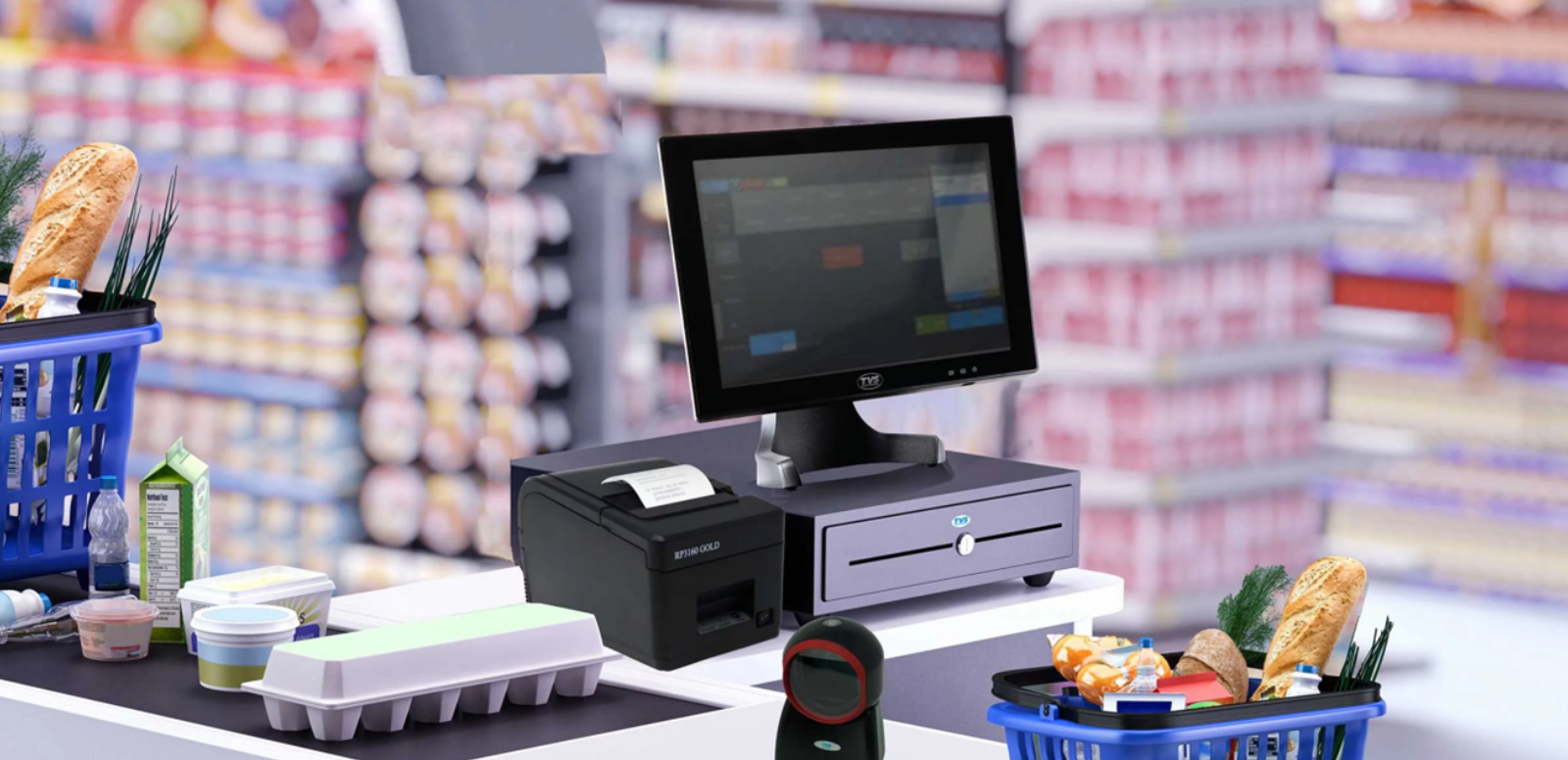
Guide to walk through the process of transitioning to the POS system:
1. Analyze the benefits of a POS system: A POS system can provide numerous benefits, such as streamlined operations, real-time data, improved customer experience, and enhanced security for your business. It integrates sales, inventory, and customer management, reducing manual errors and efforts. It also provides access to real-time sales and inventory, which helps in making informed decisions. POS systems also offer secure payment processing and data protection. Thus, faster transactions and personalized service enhance customer satisfaction.
2. Assess your business requirements: Every POS system is created differently and thus a POS system that works for one business may not work for another one. By understanding your business’s size, type, and budget, you can confidently choose the features of the POS system that are right for you.
3. Choose the right POS system: Once the requirements of the business are identified, it is easier for the business to choose the right POS system. There are various options on the market, but the POS system must be tailored to your business needs. Some features that must be considered are ease of use, scalability, integration capabilities, and customer support.
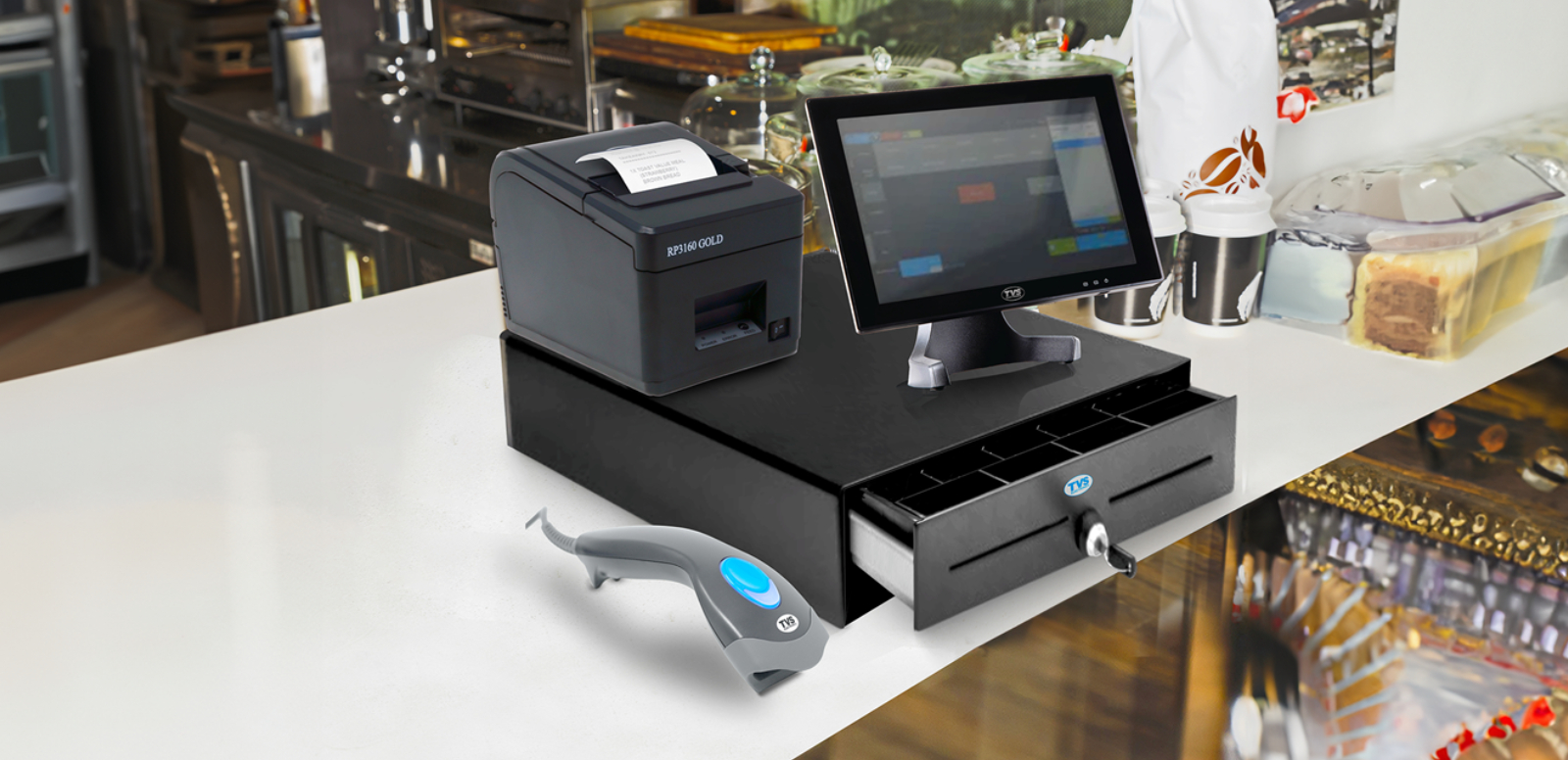
4. Plan the onboarding: Onboarding the new POS system requires careful planning. Firstly, a time should be chosen in such a way that none of the ongoing activities are disrupted. Secondly, all the data related to inventory and sales records of your business must be backed up before the transition takes place. Lastly, the employees must be trained in advance to familiarize themselves with the new system.
5. Configure the POS system: The next step in the process is to configure the POS system with your business’s existing system. There may arise a need to set up new hardware such as tablets, barcode scanners, and receipt printers. Besides hardware, you will need to install and configure POS software, which includes setting up various products. The existing data needs to be migrated into the new system.

6. Continuous improvement: The transition to a POS system does not end once the system is live. Your business must undertake continuous improvement of the system. You can update your POS system regularly updating the latest software versions. The staff and employees must be provided with ongoing training for new features and refreshers to keep them up-to-date with the system. Your business can further utilize data from the POS system to gain insights into customer preferences and adjust your strategies accordingly.
The process of switching to a POS system can seem daunting, but it will be rewarding for your business in the long run. With meticulous planning and execution, this transition ensures a smooth changeover with minimal disruption. The POS system will provide your business with advanced tools to manage your operations and tasks more efficiently. The various benefits, such as streamlined operations, real-time data access, improved customer experience, and enhanced security, are clear indicators that the transition is a step in the right direction for your business.
You can leverage the POS system to drive business growth and success over time. TVS Electronics can provide a range of POS systems for any business looking to transition to a new POS system.










